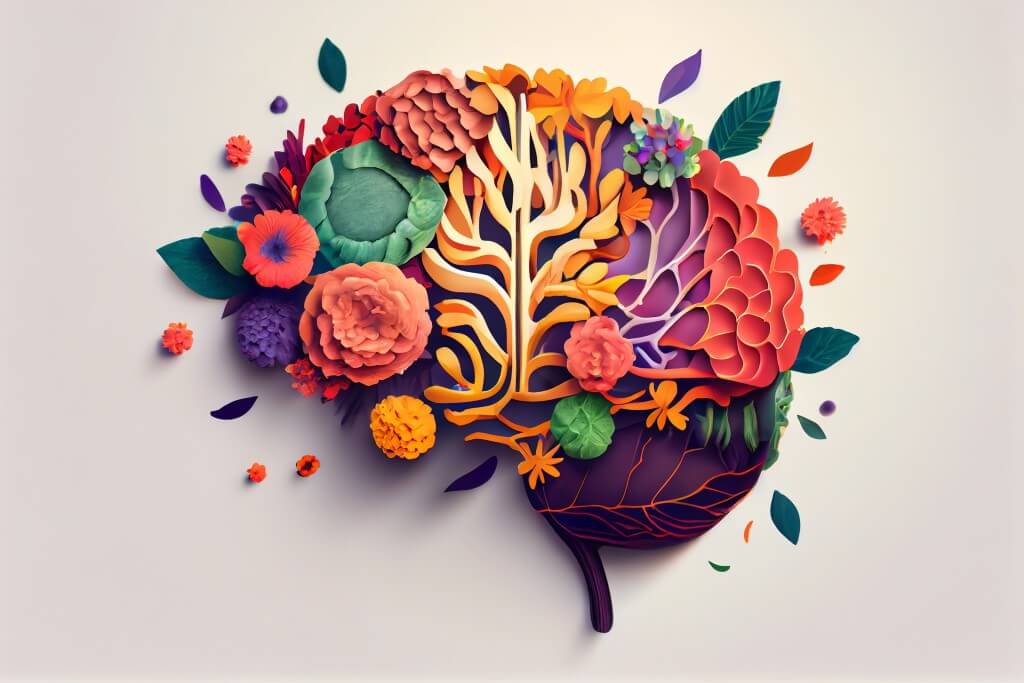
4 Differences: Cognitive-Behavioral Therapy Vs. Psychodynamic Therapy
As someone in recovery, you may have heard about different therapeutic approaches that can aid your progress. Therapists and counsellors often use CBT (Cognitive-Behavioral Therapy) & Psychodynamic therapy. These approaches have distinct philosophies and techniques, and understanding their differences can help you make informed decisions about the treatment ahead.
Cognitive-Behavioural Therapy
Cognitive-Behavioural Therapy (CBT) is very practical. Its focus is on practical ways you can take action to find and change negative thought patterns and behaviours. Your therapist will help you explore how your thoughts and emotions can lead to actions you’d like to improve or change. This therapy aims to challenge and reframe negative beliefs, develop healthier coping strategies, and facilitate positive behavioural changes. CBT is a short-term therapy and is very structured. Usually six to 20 sessions each lasting 30 minutes to an hour. Much research has proven its utility and CBT is used for mental health issues, including addiction.
Psychodynamic Therapy
On the other hand, Psychodynamic Therapy delves into the unconscious mind and the influence of past experiences on your current behaviours and emotions. This therapy focuses on uncovering unresolved conflicts, childhood experiences, and deep-seated patterns that may contribute to your addiction and mental health struggles. Psychodynamic Therapy emphasizes the therapeutic relationship, allowing for the exploration of unconscious dynamics and the potential for deep personal insight. A lesser-known fact is that this therapy often requires a longer-term commitment, as the exploration of underlying issues may take time to unfold and process.
While CBT and Psychodynamic Therapy can be used as stand-alone approaches, they’re not mutually exclusive. Many therapists integrate elements of both therapies based on your specific needs and goals. It’s not like one is better than the other. Counselling and therapy for mental health and addiction issues is about finding the right approach for YOU. You’ll likely need to explore a bit and find a modality and therapist that best suits you. Finding the approach that resonates with you and supports your recovery goals is the key.

You may think that substance abuse is a crisis that only affects certain communities, but…

As someone invested in the well-being of your children and community, you’ve probably observed the…

In the bustling city of Johannesburg, the issue of addiction is not a secret. The…
Below are 4 Differences: Cognitive-Behavioral Therapy Vs. Psychodynamic Therapy.
We hope this guide will help you understand a bit more about each approach – and where to start!
Cognitive-Behavioural Therapy (CBT)
Step 1: Identifying Thoughts and behaviours that don’t serve you. Without finding what serves your best interests it’s difficult to make changes. You may have some clarity about what these problems are, but undoubtedly, you’ll gain more insight through therapy. The external perspective of a therapist who’s independent of your life, its people and problems can provide insights that you’d never find alone. Being willing to allow the therapist to guide the process you’ll learn better self-reflection and what makes you tick. It’s important to be more aware of your thoughts, feelings, and behaviour.

Step 2: Challenging Negative Beliefs Once you’ve identified these negative patterns, your therapist will help you challenge and reframe them. Together, you’ll explore evidence that supports or contradicts these beliefs, promoting healthier ways of thinking and interpreting situations.
Step 3: Developing Coping Strategies CBT emphasizes developing practical skills and coping strategies to manage difficult emotions and situations. Your therapist will guide you in learning new techniques such as relaxation exercises, problem-solving strategies, and effective communication skills.
Step 4:CBT Behavior Modification: In this step, you’ll actively work on changing behaviours that contribute to your challenges. Your therapist may assign homework exercises or encourage you to practice new behaviours outside of therapy sessions, allowing you to translate insights gained in therapy into real-life situations.
Psychodynamic Therapy
Step 1: Exploring the Unconscious Mind Psychodynamic Therapy focuses on uncovering unconscious thoughts, unresolved conflicts, and early life experiences that may impact your present struggles. You’ll engage in free association, dream analysis, and discussions around personal history to gain insights into these underlying factors.
Step 2: Building a Therapeutic Relationship The therapeutic relationship is crucial in Psychodynamic Therapy. You’ll work with a therapist to establish trust, open communication, and a safe space for exploring deep-rooted emotions and experiences. This relationship becomes a foundation for self-exploration and personal growth.
Step 3: Gaining Personal Insight Through ongoing dialogue with your therapist, you’ll gain a deeper understanding of the unconscious dynamics that contribute to your challenges. This insight can help you make connections between past experiences and present behaviours, fostering personal growth and healing.

Step 4: Integration and Self-Reflection Psychodynamic Therapy encourages self-reflection and introspection between therapy sessions. You’ll have the opportunity to process and integrate insights gained during therapy, allowing for continued exploration and growth outside of the therapeutic setting. Psychodynamic behaviour modification is a little different to most therapies.
Any therapy will be Unique to You and Your Needs.
Whether you choose CBT, Psychodynamic Therapy, or a combination, trust the process and your therapist’s expertise. Please find a qualified and experienced practitioner and not some half-baked wannabe. A proficient, licensed therapist can tailor treatment to your specific requirements. With commitment and self-reflection, you can experience transformative growth on your path to recovery.
Ultimately, the success of therapy lies in the therapeutic relationship and your willingness to engage in the process. A skilled therapist will create a non-judgmental space quickly. Remember, therapy is a collaborative effort, and the therapist’s expertise combined with your active participation can lead to transformative growth.
In your quest for healing, embrace the possibilities that these therapies present. Recognize that you can challenge negative thought patterns, develop new coping strategies, and gain profound self-insight. Whether you choose CBT or Psychodynamic Therapy, or even a combination of both, trust in the process.
As Helen Keller once said, “Optimism is the faith that leads to achievement. Nothing can be done without hope and confidence.” Embrace this quote as a reminder that with the right treatment (you may need a detox and Primary Care rehab or extended outpatient treatment and aftercare?) you can overcome your addictive past and find a new life in stable recovery.
Again, I’ll stress, there is no one-size-fits-all therapy. You and your life experiences are unique. Find what resonates with you. What’s best to support your personal growth? Find a skilled therapist who understands you and your needs. Someone who believes in your capacity for change.
Having the desperation to ask for help when addicted is a fantastic gift. For years we wandered around believing that things weren’t so bad. That we could handle it. With your newfound and fragile recovery. Don’t go off like a bull in a china shop. Keep seeking help. You’ll develop strength through your recovery community, not through your own power. You’ll build resilience by learning to love your recovery peers and yourself. In time, recovery will bless you with a fulfilling life. Embrace therapy as a useful tool. There is transformative power in the 12 Steps and therapy combined.

When seeking help for drug and alcohol addiction, the terms “sobriety” and “recovery” often come…

If you’re on the path to prescription drug addiction recovery, therapy can play a crucial…

Alcohol and drug abuse costs the South African economy billions annually, with up to 20%…